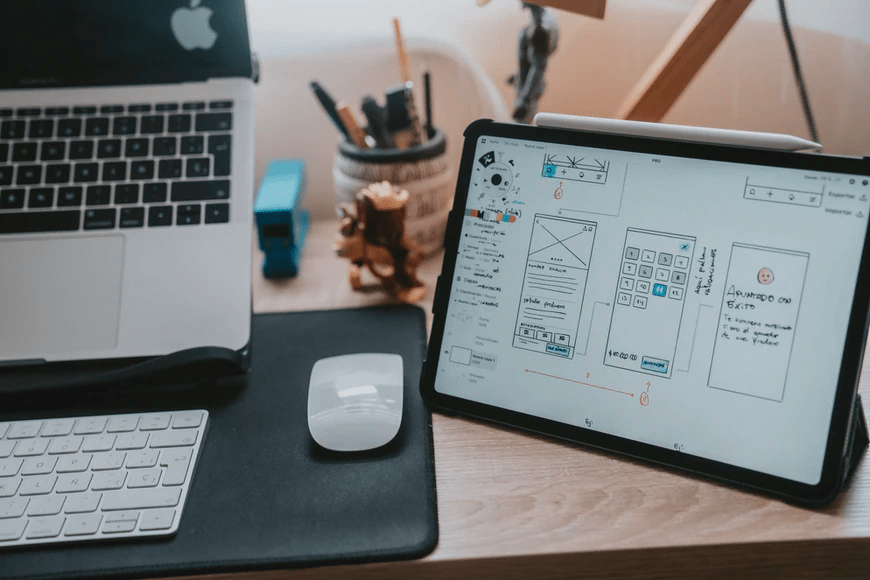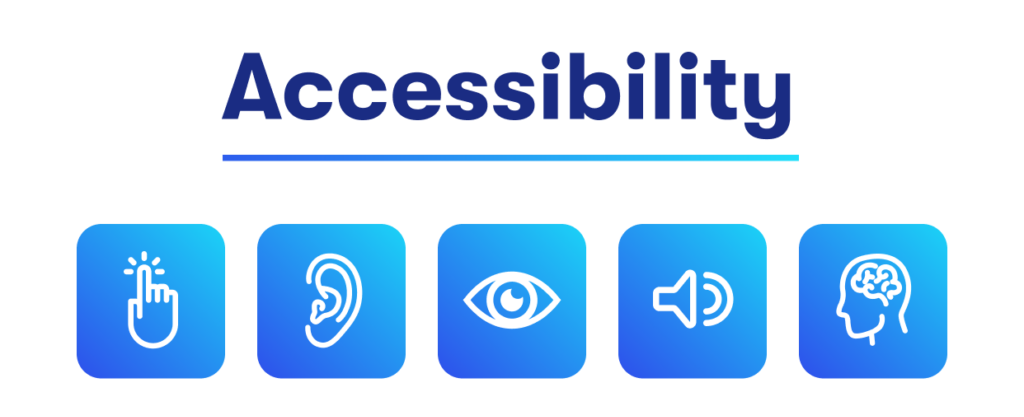Wearable technology in healthcare: A booming market
Join us in discovering wearable medical technology and groundbreaking devices.

Financial services
Expertise in core banking, BaaS integrations, payments, and GenAI-enhanced financial solutions.

Healthcare
People-centric healthcare design and solutions, from virtual care, integrations, to smart devices.

Insurance
Modern solutions including self-service, on-demand, and algorithm-driven personalization.

We’re purposefully shaping the digital future across a range of industries.
Discover some of our specific industry services.
Discover moreSeptember 24, 2021
Read about why UX design is a crucial part of telemedicine app design.

The COVID-19 pandemic has driven a surge in the adoption of telemedicine-related technologies. Overall telemedicine usage has stabilized at 38x higher than it was before the pandemic, with virtual visits, remote patient monitoring, patient portals, and even different types of medical imaging all rapidly becoming more commonplace. As these amazing advancements become increasingly central to people’s healthcare and thus lives, in order to avoid widening the digital divide we must ensure accessibility and intuitiveness are treated co-equally with security and interoperability.

Thoughtfully crafting a user’s experience is where both UX (user experience) and UI (user interface) designers come into play. UI covers the user-facing elements of an application, such as images, buttons, and forms for collecting user information. UX on the other hand covers how these various elements fit together in conjunction with all the paths that a user might take, such as structuring what steps a user must go through to reset their password. In this way of thinking, designers focus on the needs of the users in all phases of the design process, in order to create a usable, accessible and exciting experience for them.
Due to the highly sensitive nature of the information collected within telemedicine applications, there are a myriad of regulatory requirements and liabilities involved with creating and running those applications. Because of this, teams may find themselves narrowly focusing on system performance and security, with design becoming an afterthought.
While this may be pragmatic from a compliance perspective in a cost-constrained environment, as the telemedicine industry matures and user choice expands, an important differentiator will become the user experience. What’s more, a systemic result of degraded usability is that the least tech-literate will see a reduced quality of care. As such, it is both strategically beneficial and socially responsible to start thinking now about UX as an essential piece of the telemedicine puzzle.
While Robles v. Dominoes Pizza, LLC held that businesses cannot be required to adopt the Web Content Accessibility Guidelines (WCAG 2.1), it also established that websites and apps are subject to ADA compliance. At this time, there are no concrete technical specifications for what constitutes ADA compliance in a digital context.
This means that any company accused of having a non-compliant site or app will have to defend themselves without any accepted standard for compliance. In order to minimize legal exposure, the safest choice is to adhere to WCAG 2.1, the most widely-known and well-developed standard.
These guidelines enumerate how to ensure that users receive an equal experience regardless of their disabilities, and touch on everything from content structure, to color palettes, to metadata that can be leveraged by screen readers. These requirements are frequently eschewed as they can be costly while also restricting the choices of UX/UI designers.

So how do UX/UI designers address these challenges in order to create elegant interfaces and a fair user experience for all? By thinking strategically to create an accessible experience.
One of the very first steps in a designer’s process is to research their target users. Healthcare can be particularly challenging due to its extremely broad audience. Designers have to keep in mind many factors such as older generations who haven’t overcome the digital divide, people with disabilities, literacy levels, and more.
What’s more, users are frequently healthcare professionals, not just patients. Hospitals, clinics, and doctors have completely different, and likely much more complex, needs.
Surprisingly, not enough healthcare technology is designed with the user in mind. In fact, 95% of healthcare apps are only looked at once, or never looked at. Designers are trying to change this reality and have to keep in mind what components make great UX/UI design, and what factors drive people back to use the application again and again.

One important factor to enhance the customers experience along with UX design is content. If the content is too difficult to understand, no matter how nice the design is, the user will not use the application. Content needs to be understood by an array of different people with different backgrounds and education levels. According to Policy Genius, only 4% of Americans can properly identify the top 4 major healthcare terms. Having content that is easier to understand is a key step in this process and will change the whole experience for those using the application.
The design of these applications must be clear, concise, and easy to navigate. Applications should have similar designs across all platforms, which includes consistent design patterns and patterns of interaction, button locations, and color schemes.
For those with disabilities, there should also be toggle-able options such as high-contrast color palettes, dyslexia-resistant fonts, and the replacement of images with text.
As telemedicine apps continue to grow in popularity, so will adjacent technologies such as wearable health trackers.
According to Statista, it is expected that 1.1 billion people are going to be using some form of wearable by 2022. With the growth in popularity of such devices it is crucial for the UX/UI of fitness trackers to be compact, clear, and easy to use just like their telemedicine counterparts.

A good telemedicine user experience can help people tremendously, and even save lives. Conversely, poor UI/UX can have an equally deleterious effect. For all of the social, commercial, and legal liability reasons outlined above, it is essential that telemedicine companies think intentionally about UI/UX and application accessibility.
Qubika is a software development company that is working on the next generation of healthcare platforms for leading organizations. We have helped numerous healthcare providers develop and maintain HIPAA-compliant health and telehealth applications. To learn more about our services, go to About us.

By Carin Carlin
Communication Specialist
Receive regular updates about our latest work
Join us in discovering wearable medical technology and groundbreaking devices.

Check out our work for East Goes Global!

A step-by-step guide to some of our mobile app designers’ best practices.

Receive regular updates about our latest work
Get in touch with our experts to review your idea or product, and discuss options for the best approach
Get in touch